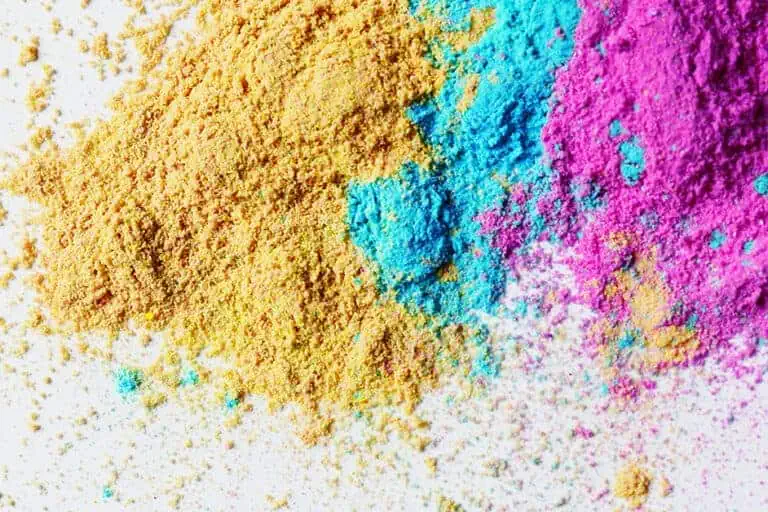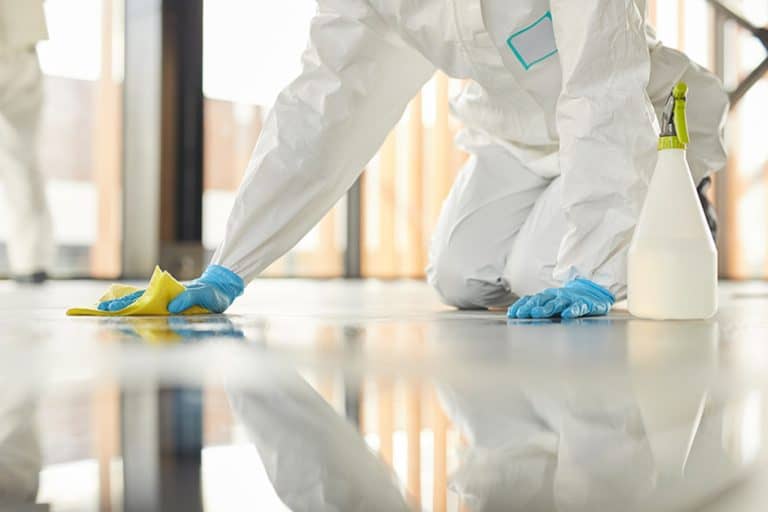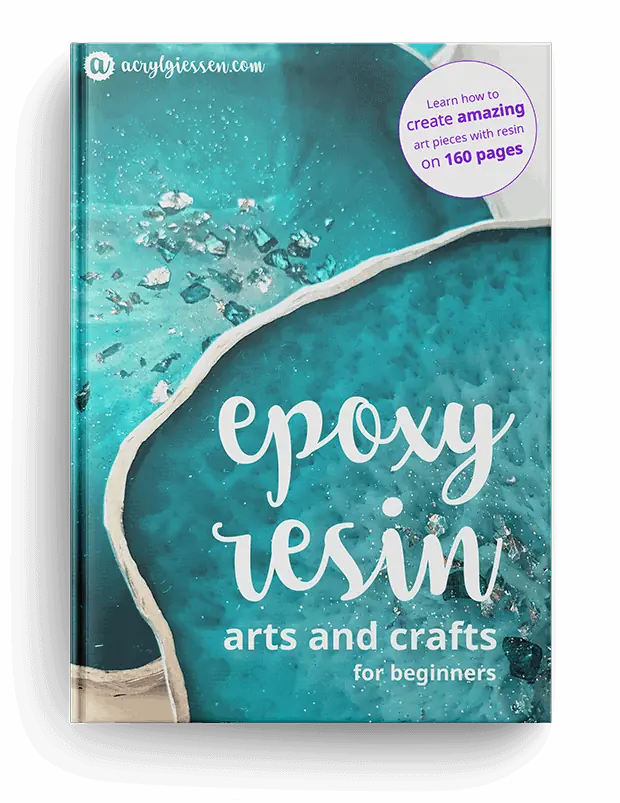3D Epoxy Flooring – How to Make 3D Floor Art
This post may contain affiliate links. We may earn a small commission from purchases made through them, at no additional cost to you.
Are you looking to redecorate or want to create something special in your new home or business? When it comes to floors, consider the amazing 3D flooring. The beautiful 3D flooring designs will add a unique touch to your living or workspace. Following is a guide on how to make 3D floor art yourself and discover how to properly install 3D epoxy flooring.
Table of Contents
What is 3D Flooring?
3-d floors provide amazing images, all of which are 3-dimensional. The pictures are then coated in epoxy resin. When choosing your image, make sure it is high resolution, you do not want it to be blurred and ruin the effect. Choosing the correct size image is also important, once the 3D epoxy flooring is complete, it should provide a realistic final image.
The 3D flooring designs are completely up to you, almost any image should work on the floor. The main thing to consider and have correct is the angle as well as the resolution of the image. If you do get a professional in, you can choose the images they provide. Some companies only do their own images, while others also allow you to choose your own. Of course, when doing DIY epoxy floors, you get to choose your own designs and images.
Advantages and Disadvantages of 3-D Floors
3D floors, when completed, can create an almost immersive setting. Besides the atmosphere, 3D graphics flooring has quite a few more advantages. Below are a few benefits and disadvantages to 3D floors.
Pros
- The final 3D epoxy flooring is easy to care for and is extremely durable
- You can choose to have a matt or gloss finish
- 3D floors provide a non-slip surface, which is great for safety reasons, especially if you have kids running around
- 3D flooring designs are covered with epoxy resin, making the floor resistant to scratches, impacts and even bears up under chemical spills
- Your design can extend further than the 3-d floors, match the wall paint, or wallpaper, pictures, pillows etc. Make the room your own
- Create your own 3D flooring designs, print out photographs or any other image you choose. Since you can use almost any image, your imagination is not limited
- Once your 3D graphics flooring is complete, you will have a unique impressive space for your family and friends to enjoy
Cons
- The 3D flooring is not as comfortable as other flooring types like wood, it feels colder and harder
- If you want to change or remove the 3D epoxy flooring, it is extremely difficult
- Setup and installation can be expensive
- Installing your 3D floors can take up a lot of time to complete
- When doing DIY epoxy floors, it is better if an experienced crafter can do it or have somebody assist you
As you can see, there are more pros to 3D flooring, as it does create a unique and durable floor that everyone will admire. However, installing the 3D floors should be well-thought-out before attempting. Also, if you are not sure about the 3D flooring designs, and creating your own images, you do get ready-made 3D floor stickers. The stickers are easy to use and less expensive.
If you do have some practice with epoxy resin and enjoy doing other crafts, then you might find 3D floors challenging but doable. Below are a few important steps for installing your 3D epoxy flooring.
3D Flooring Materials
To make your own diy epoxy floors, you will need the following supplies:
- Your flooring design or image
- Plastic Roller to evenly apply the resin
- Squeegee to flatten the 3D flooring designs
- Self-leveling primer
- Cleaning tools to get rid of any dirt on the floor
If you generate your own image, you will also need the proper image program. Using a program like photoshop should provide the best design. There are two options for your floor designs:
Option 1: Printing your own Image
You can have your individual image printed in a print shop which is specialized in large formats. But printing and creating your own image can be costly.
Option 2: Buying ready-made Floor Stickers
Fortunately, there is a cheaper option to buy already-made 3D stickers, such as this:
- Transform your space with a stunning underwater scene featuring dolphins
- Self-Adhesive Large Floor Mural
- Durable Material Options
Sealing 3D Flooring with Polyurethane Resin
Sealing your 3D flooring designs can be done in one of two ways, with PU Resin or Epoxy Resin. They both consist of a two-part system, which must be blended using precise measurements. These two options offer the same in durability and can be used on multiple surfaces. Both the above resins can also be enhanced by adding certain filling substances. For example, an inhibitor can be included to prolong the pot life. You can also include color pigments or even glitter to create more of an effect. Although, for 3D floors, you will want more of a clear resin coating. The PU resin option does provide UV resistance, while the epoxy resin is not an appropriate choice for using outside. You should also be aware of any direct sunlight when using epoxy resin inside, as it will yellow over time. PU, on the other hand, does not have this problem and it will maintain the color brightness of the 3D flooring designs.
Tutorial to 3D and DIY Epoxy Floors
To create the perfect 3d floors, you will need to make sure you have all the proper tools, enough time and, of course, patience to finish the job correctly. Next, you can read through a few steps needed for creating your very own 3D graphics flooring
Choosing an Image
The 3D flooring designs can either make your floor or ruin it. So, be prudent and ensure it is high resolution. When deciding on a floor design, make sure to consider the entire room and how you want it to look. Everything should be planned and work together, from the floor image to the walls, furniture, curtains, and any other items in the room.
3D Flooring Designs and Perspective
When creating your own image, it is important to have an editing program like photoshop. Take some photos of the space going to be used for the 3D flooring. Once you have chosen your image or photo, you can then use the photo editing tools to superimpose your image onto the photos of the room. You might have to change the size a little to fit the room properly. In photoshop, the perspective distortion function will help with this.
This will help to create the correct perspective and you can also adjust everything until you are happy with it. You can then see if the image will fit and if it goes with all the other design ideas you have for the room. Choosing and creating a proper 3D image is important because if once everything is done, it is extremely difficult to remove or change. The image you choose should be one you are happy with and that you do not mind looking at for the next few years.
Also, try and select an image that is appealing to most adults and children. For example, maybe rethink something like a scary image of a shark with its mouth open baring its sharp teeth.
Print your 3D Flooring Designs
Save your prepared image onto a USB drive and head off to a printing shop that offers large format printing. Ask their advice and first print out a smaller image as a sample. Next, print out a larger image XXL format. Make sure the ink used is of excellent quality and has UV-resistant qualities. The alternative to printing an image, as we have mentioned, is purchasing special floor stickers.
Priming the Substrate
Before you begin with your 3-d floors, the surface of the floor must be thoroughly clean and free from dirt, dust, and any grease marks. Another important factor when doing 3-d floors is that the floor must be flat. If it is uneven, the final result of the 3D image will be affected. If there are any floor fractures, these need be sealed with putty. Allow this to dry thoroughly and then clean the surface, preferably using a vacuum cleaner. The edges of the floor should be sealed, making it waterproof. To seal, you can use insulation strips. Sometimes, the surface has to be roughened to provide better adhesion for the primer, but this will depend on the type of floor or substrate. Again, the substrate must be completely dry so the adhesive can adhere correctly when applied. Once you have cleaned and allowed the surface to dry, you can then apply the self-leveling epoxy primer. This will create an ideal even surface. Allow this to dry completely.
Apply 3D Flooring Designs or Images
When sticking your image onto the floor, you either use a two-part epoxy resin adhesive or an excellent quality glue. Apply the adhesive onto the floor surface using a toothed spatula. Then you can take your printed image and lay it out onto the floor using a rubber pressure roller. To do everything, should take more or less 45 minutes to an hour. If you have used a resin adhesive, make sure you take note of the pot life or working time. Once the print is down, remove any bubbles or wrinkles using the squeegee. Use even strokes with the squeegee beginning in the center of the image and move outwards.
 View on Amazon $120.00 ($3.43 / Sq Ft)
View on Amazon $120.00 ($3.43 / Sq Ft)
Sealing the 3D Graphics Flooring with PU Resin
Once the image is down and the surface is even without any wrinkles, you can begin to blend the resin. Combine your resin and hardener in equal proportions or as specified by the manufacturer. Follow the instructions precisely, as the resin will not cure properly if you do not adhere to the correct ratios. Too much hardener and the floor becomes porous, too little and the resin might not harden properly. Make sure to blend the two components thoroughly. Once you begin, the pot life is around 30 minutes to 45 minutes. The resin will begin to harden after this time, so be aware of your processing time. Using a roller, apply the resin mixture to the floor evenly. Go over the resin with the roller several times to help prevent any bubbles. Once the whole floor is covered, the resin should be left to cure. Curing time is about 24 hours but can vary according to the product, temperature, and airflow. After the 24 hours apply another resin coat, this will help to improve the surface durability. Leave another 24 hours to harden.
When working with resin you need to take safety precautions into account. Make sure to use protective eyewear, gloves, clothes and a respiratory mask. The space you are working in should also be well ventilated. You can add a second and final sealant coat, which will improve scratch resistance. Leave the floor to fully cure for about one week, after which, you can move furniture onto the surface.
Metallic 3D Floors
We have just discussed the application of printed 3D images onto the floor, but there are also other effects you can create. Metallic 3D floors are just as eye-catching, the colors can be customized to fit your needs. You will have a beautifully smooth and glossy floor, providing a unique and innovative look. The metallic 3D floors also provide durability and can resist both chemical and heavy loads. The finished floor will have no joints and is continuous, so cleaning is easy.
Maintaining your 3D Floors
The 3D flooring is simple to maintain and keep clean, any messes can easily be cleaned up. Preferably use specialized PU cleaning products, which will give you a more thorough clean especially with tough dirt. But you can also use other cleaners. When cleaning use a scratch-free pad and a lint-free cloth. When more evident scratches appear, you can then reseal the surface with another PU resin layer. Before you do this, the surface should be clean and completely dry.
Questions and Answers
Where can I Get 3D Flooring Designs?
Today, the digital world is easy to access and 3D images should be quite simple to find or even make yourself. First, you can create your own images from photos you have taken, or you can choose an image online. If you do select an online image, make sure to check licensing and usage agreements. Online image sites do have free options, but other images require a once-off fee, or you might need to subscribe to get access. Some companies specialize in 3D floors and can provide you with print outs for your floor.
What Depth can go to for 3D Floors?
The minimum depth of 3D floors is 1.5 mm. This includes the thickness of your printout and the layer of resin.
How long does 3D Graphics Flooring Last?
If the 3D floor is properly maintained, which is easy to do, it could last for years. Generally, you can expect the 3D epoxy flooring to last for 10 to 15 years. The time mainly depends on how much foot traffic there is.
Is it expensive to lay 3D Floors?
Installing 3D floors yourself is cheaper than having it professionally done. Expect to pay around 10$ to 20$ per square foot. Costs involved will depend on numerous factors like 3D flooring materials used, the type of floor, design, and more. Getting a quote is the best option. Doing your own 3D floor is difficult and time-consuming, but possible. If you do follow this route, we hope that the information in this article will help you achieve your goals.
In 2005, Charlene completed her wellness degrees in therapeutic aromatherapy and reflexology at the International School of Reflexology and Meridian Therapy. She worked for a company offering corporate wellness programs for several years before opening her own therapy practice. In 2015, she was asked by a digital marketer friend to join her company as a content creator, and it was here that she discovered her enthusiasm for writing. Since entering the world of content creation, she has gained a lot of experience over the years writing about various topics such as beauty, health, wellness, travel, crafting, and much more. Due to various circumstances, she had to give up her therapy practice and now works as a freelance writer. Since she is a very creative person and as a balance to writing likes to be active in various areas of art and crafts, the activity at acrylgiessen.com is perfect for her to contribute their knowledge and experience in various creative topics.
Learn more about Charlene Lewis and about us.
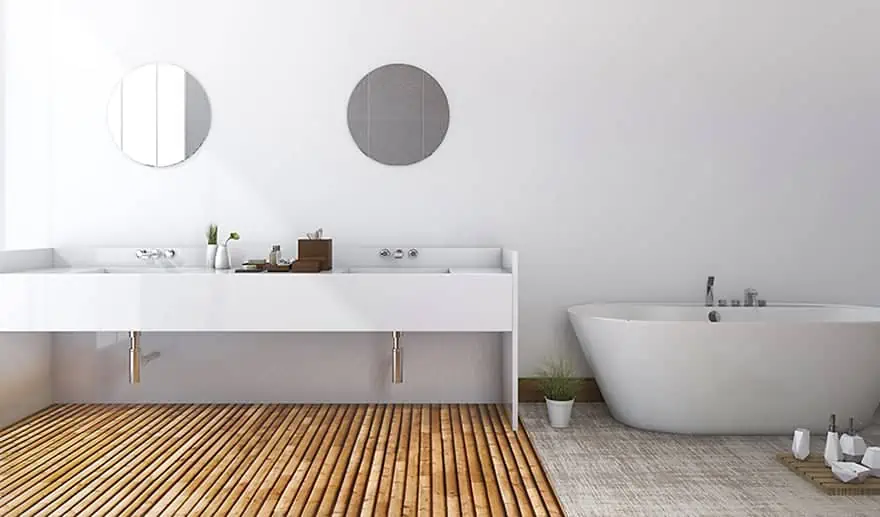




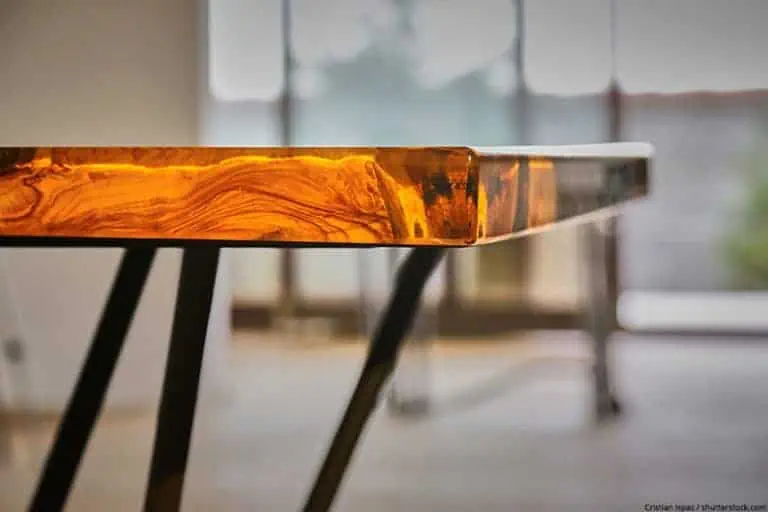
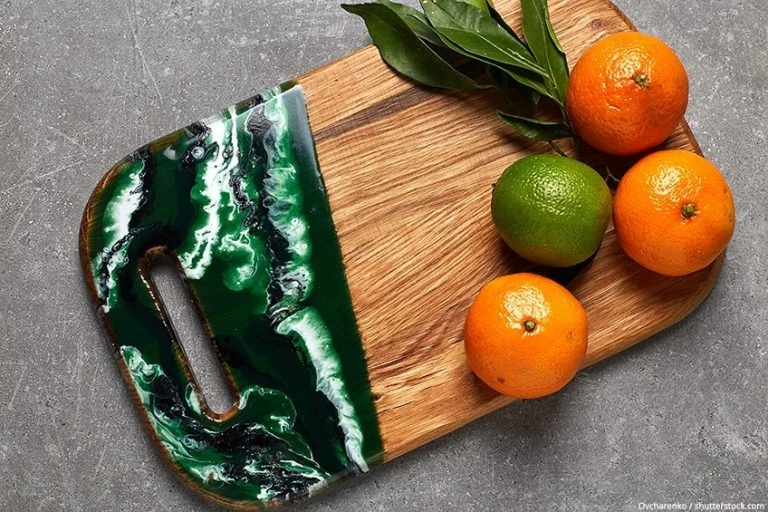
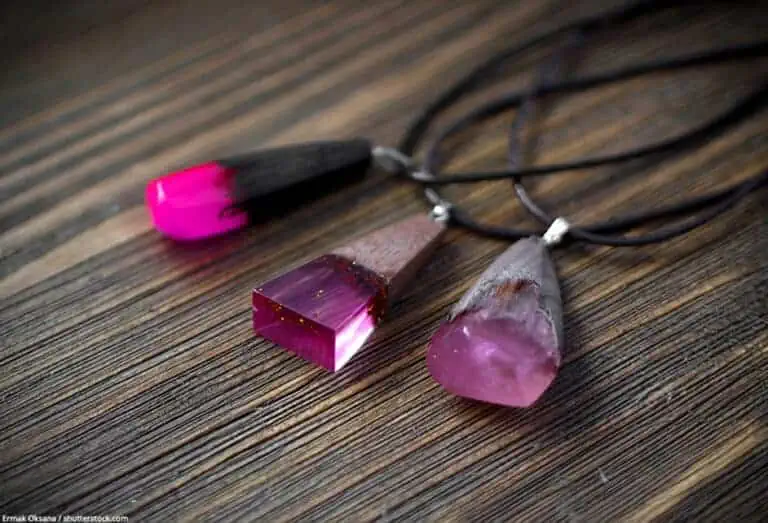
![UV Resin – How to use UV Resin [Tutorial]](https://acrylgiessen.com/wp-content/uploads/2020/01/uv-resin-768x505.jpg)
